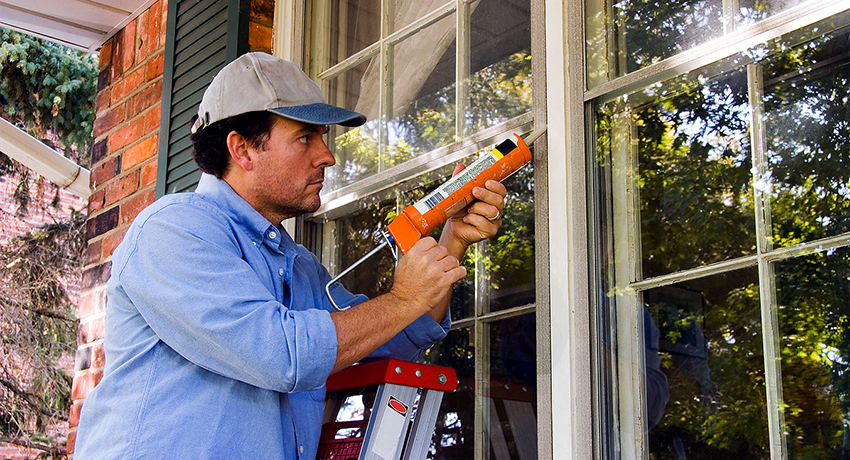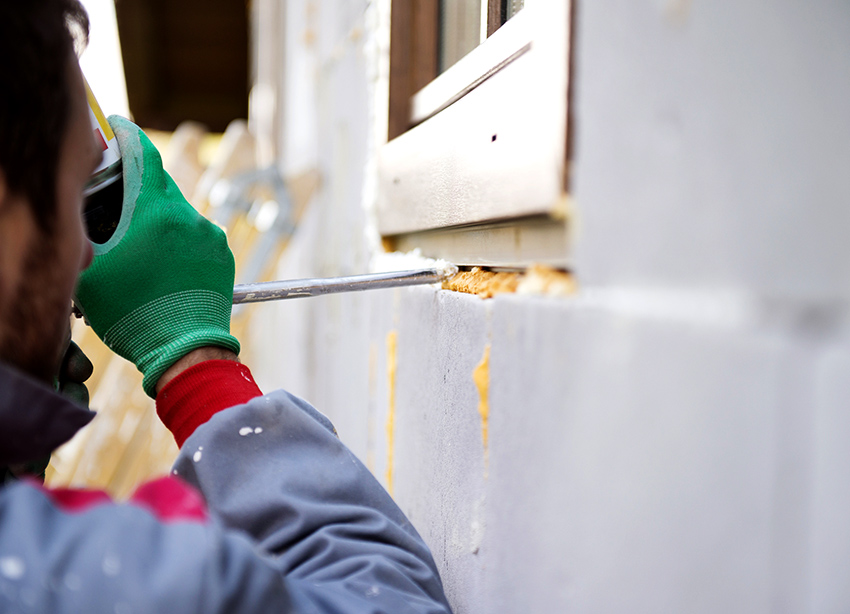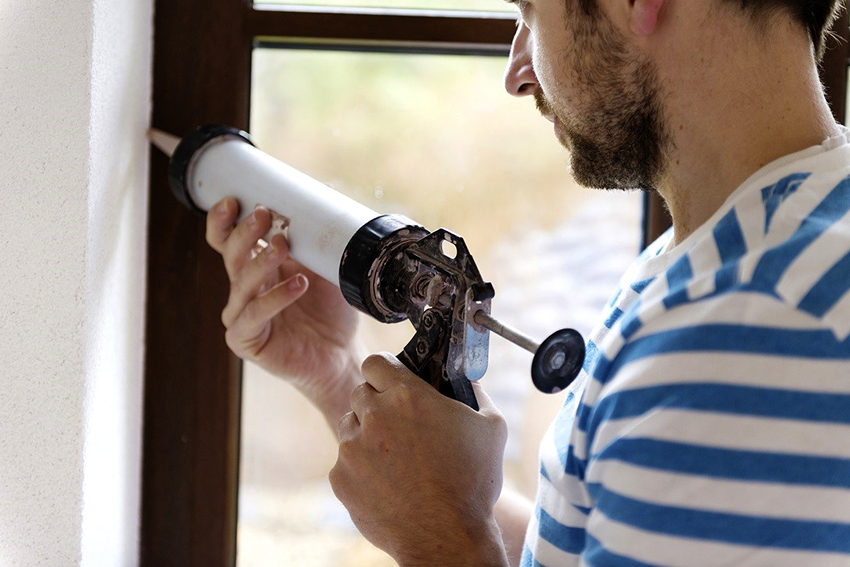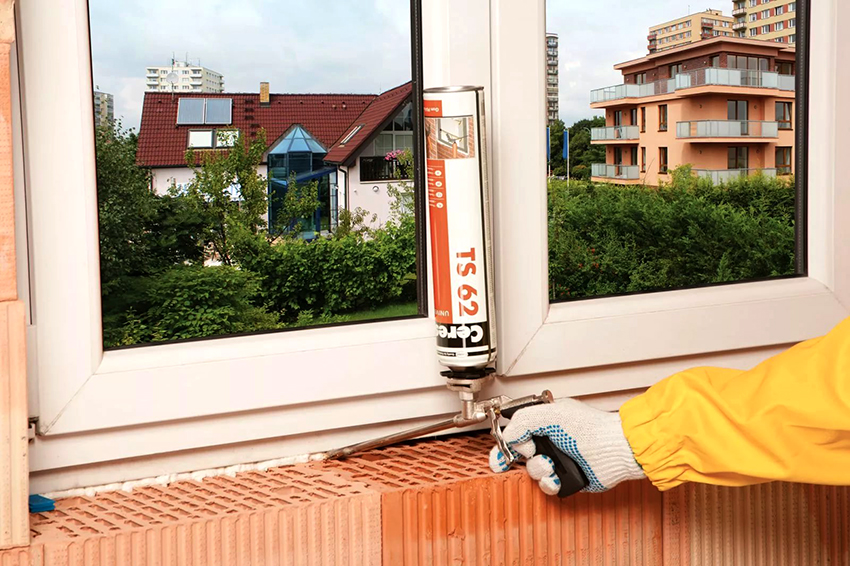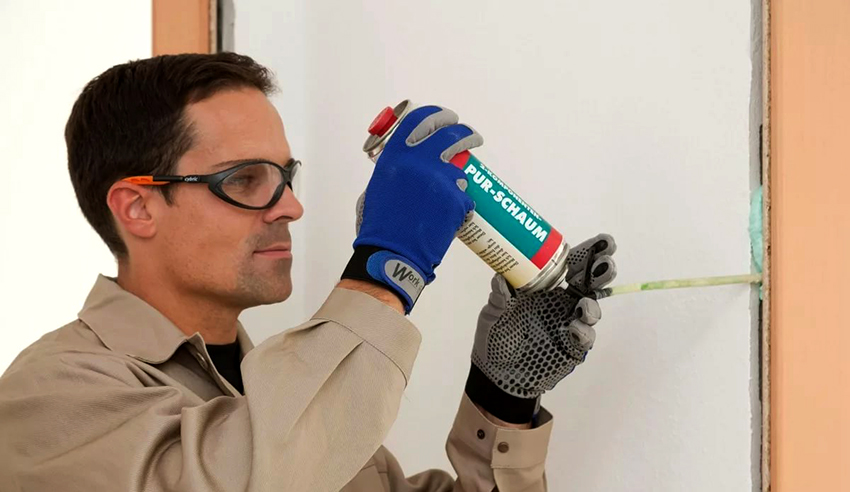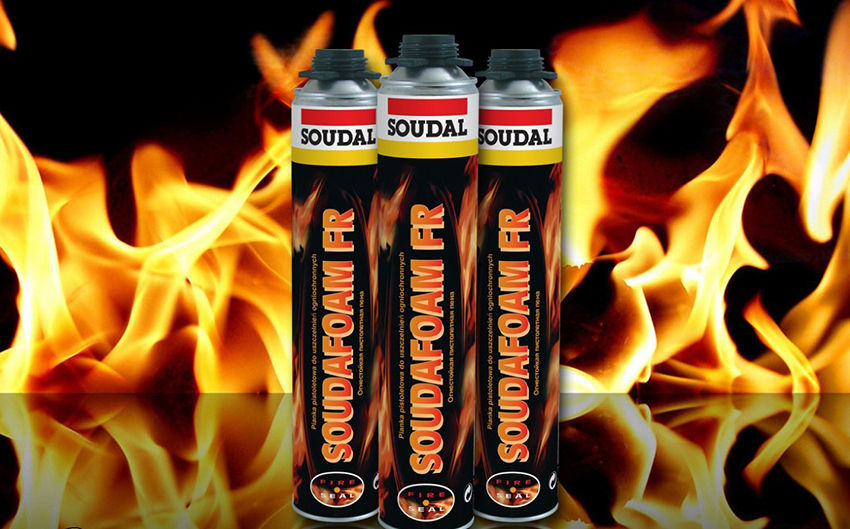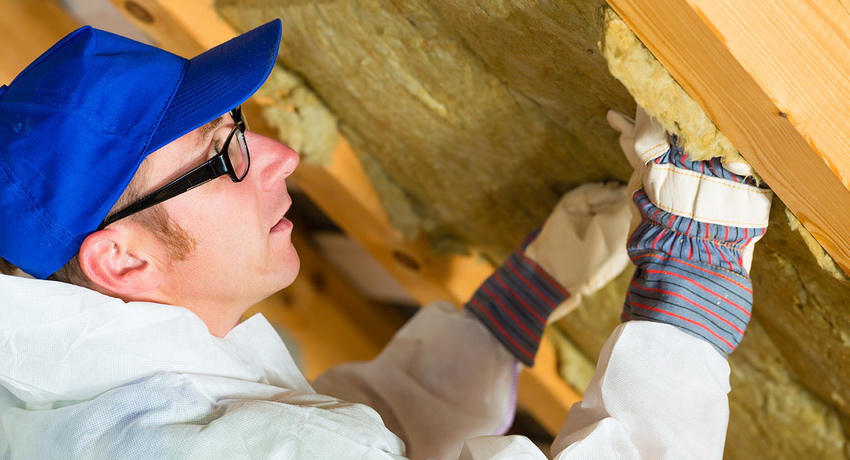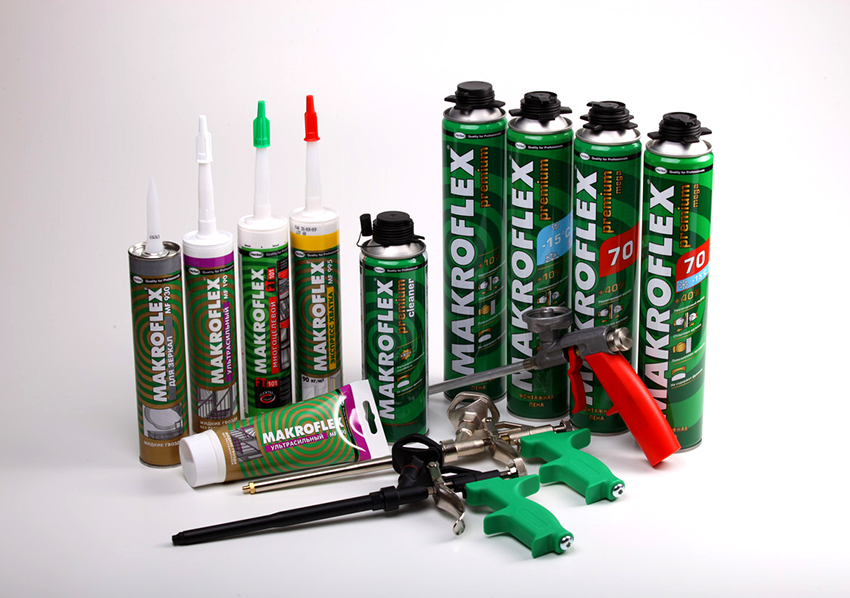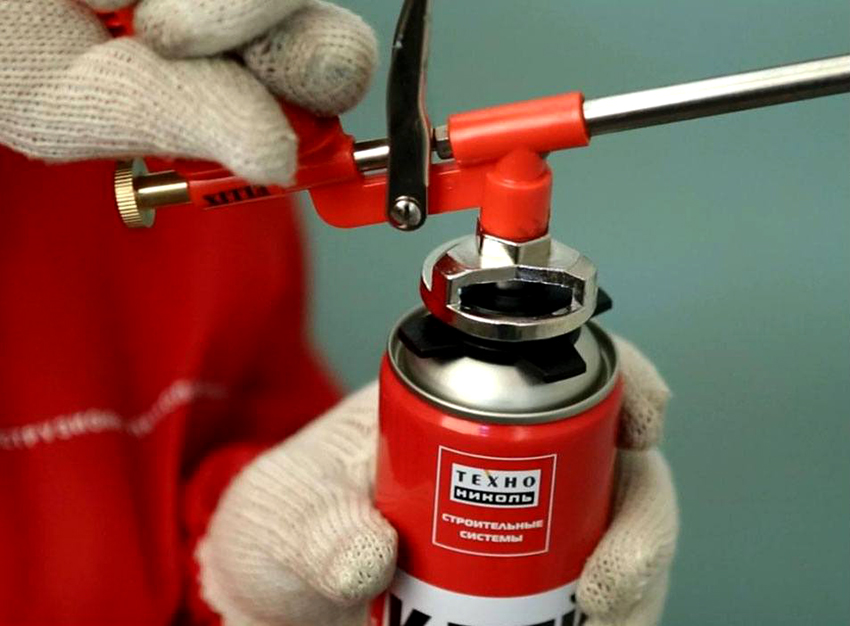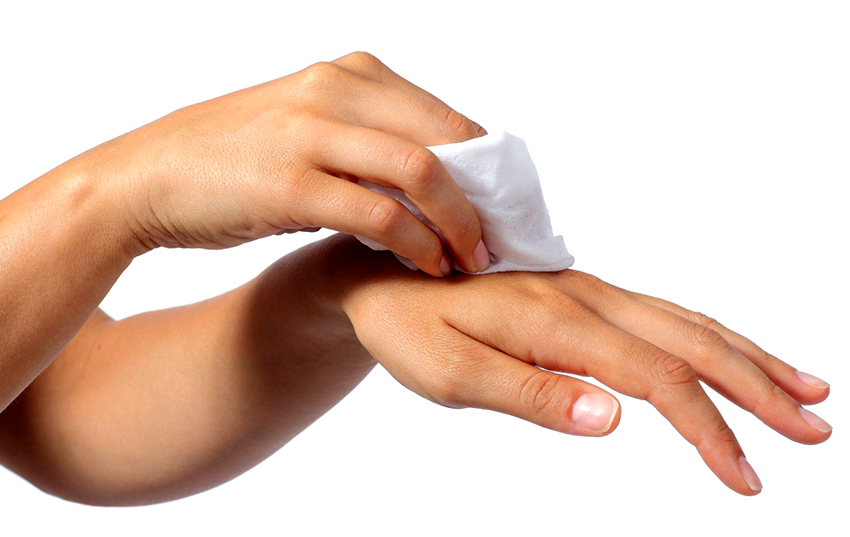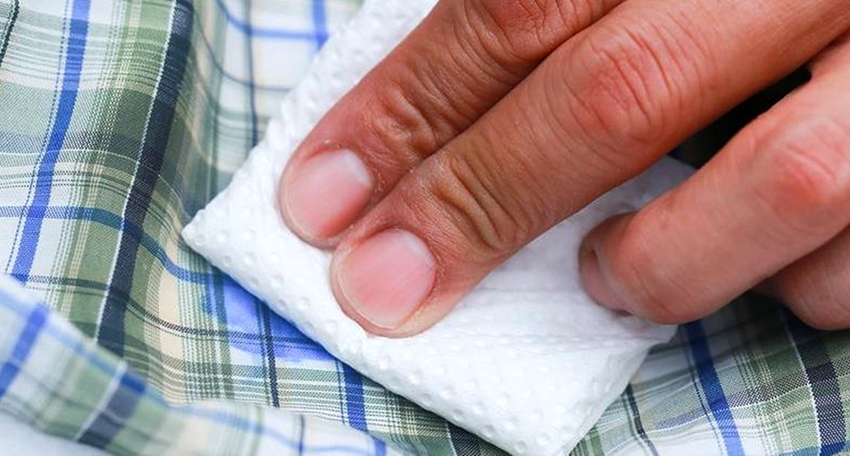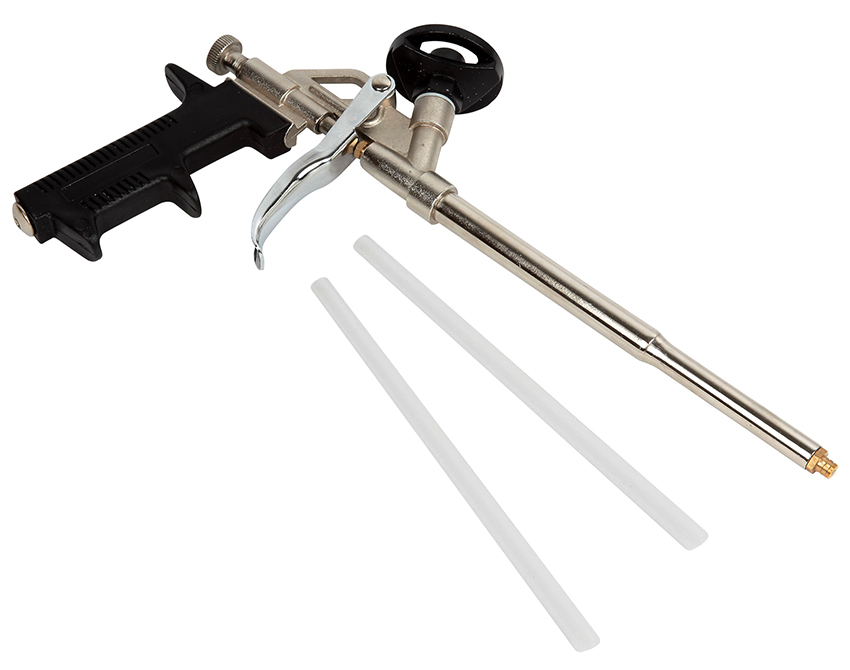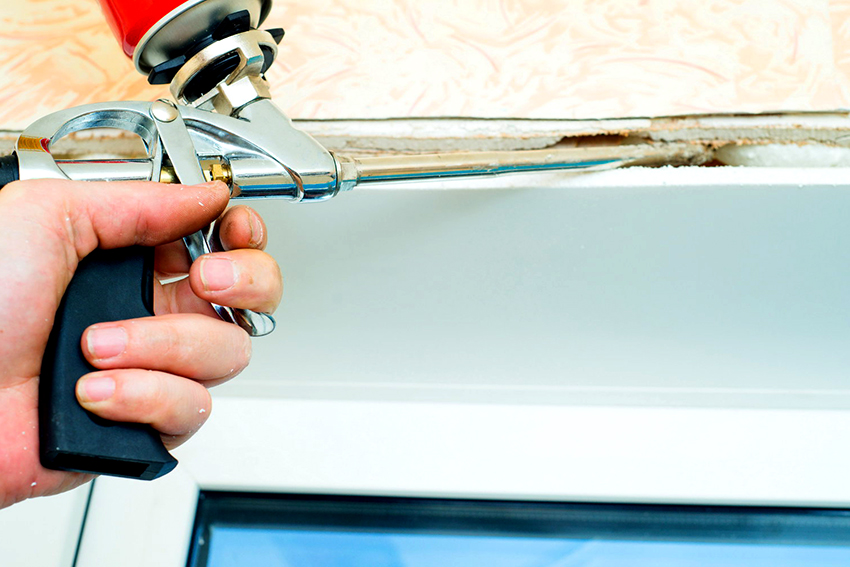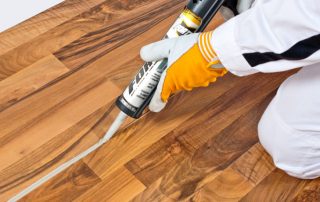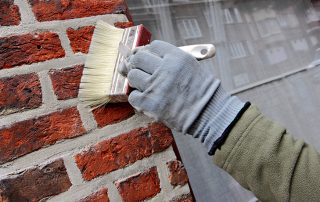Polyurethane foam is a type of polyurethane foam that has refractory and fire-resistant properties. Thanks to these qualities, it is used in special facilities where strict adherence to fire safety requirements is required. Foam has special characteristics that require specific rules of use. This article will tell you about the types of polymer, features of application and criteria for choosing a material.
Content [Hide]
Refractory polyurethane foam: characteristics and properties
A specific substance with fire-resistant properties was invented by a group of scientists led by Otto Bayer in 1947 quite by accident - during experiments with polyurethane. Then it was difficult to assume that polyurethane foam will find wide application in construction after 70 years.
Initially, such materials were used in industrial construction as insulation boards. In the 70s, the British company "Royal Chemical Industry" invented polyurethane foam cylinders, and their serial production began in the 80s in Sweden. The invention came to Russia in the early 90s.
The main properties of refractory foam are heat resistance and ability to resist fire. Now it is quite often used for finishing slopes in openings during the installation of fire doors. A non-flammable substance, which fills the cracks, creates a tightness and in the event of a fire prevents the penetration of smoke and burning into the room. Such requirements meet fire safety regulations.
Fire-resistant foam is not much more expensive than similar products that are used in installation and finishing works, therefore it is often used not only for its intended purpose, but also for other construction needs, even when high fire resistance requirements are not imposed on this object.
Composition of assembly refractory foam and regulatory requirements for it
High refractory and technical characteristics of the polyurethane foam ensure its composition, which includes:

The fire resistance index of the foam has an EI limit, the size of which depends on the type of product
- catalysts accelerating the expansion, which provides for the possibility of using foam even at sub-zero temperatures;
- foaming agents that affect the speed of curing and the degree of foam porosity;
- stabilizing components that ensure uniform distribution of foam on the surface;
- gas expelling the substance from the vial.
Useful advice! When buying fire fighting foam, you must make sure that you have a certificate of conformity. This document confirms its refractory properties.
The main and, perhaps, the only requirement for this type of fire-fighting products provided by the regulatory document is the level of resistance to fire. This indicator is regulated by the current GOST assembly foam 30247.0-94 - “Building structures. Test methods for fire resistance ".
The document discusses the methods of testing building structures, materials that are used in construction and finishing of structures, for fire resistance. Thus, fire-resistant assembly foam has a fire resistance limit of EI. This parameter indicates that the substance has passed the test for integrity and the ability to maintain thermal insulation properties under intense fire exposure. The corresponding indicator for products on the domestic market depends on their type and ranges from 60 to 360 minutes.
Technical characteristics of foam assembly refractory
In almost every type of construction work, whether it is the laying of engineering networks or cable communications, the formation of holes is provided. In the event of a fire, unsealed openings become a direct path of fire spreading into adjacent rooms. In order to avoid disastrous consequences, fire-fighting plaster or special basalt material is used in the installation. In order to directly protect communications and prevent the advance of fire, fire arresters and refractory couplings are used.
Currently, along with the listed traditional materials, fire-resistant foam is used, which has already proven itself to be excellent. This is evidenced by the characteristics of the polyurethane foam. The main ones are:
- High fire resistance with EI (up to 360 minutes). This suggests that the foam is comparable to a firewall.
- High adhesion - adheres well to almost all building materials. This substance is combined with brick, reinforced concrete, metal structures, cinder blocks, cement mortar, gypsum, glass, plaster and even ceramics used in wall decoration and flooring.
- The foam does not run off when applied to the wall.
- The use of an assembly substance allows you to do the job quickly and does not require special qualification skills.
- The material easily penetrates into openings and holes and spreads throughout their volume, fills all cavities well.
- The foam hardens quickly at temperatures from -18 to +35 ° C, which shortens the work time.
- The material has no secondary expansion property.
Performance characteristics of non-combustible polyurethane foam
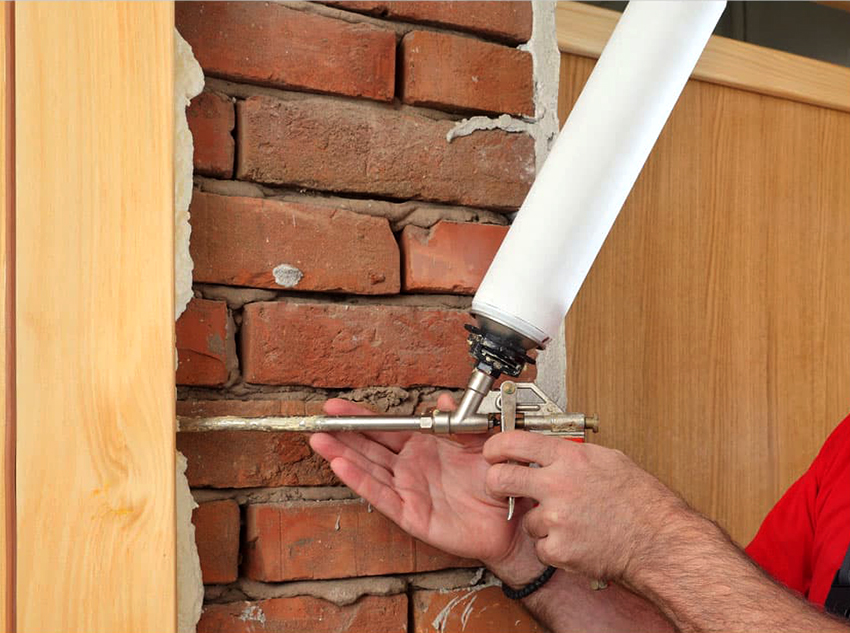
A protective film quickly forms on the foam, which provides high thermal insulation properties to the material
Polyurethane refractory foam serves for a long time and reliably. It retains its characteristics in conditions of low air humidity. Unlike other substances, foam does not crack when exposed to dry air. Conversely, in rooms with high humidity levels, it does not swell, and mold and mildew do not form on it.
Useful advice! When choosing a product, you need to decide on its intended purpose. To fix the door frame or window block, foam with a fire resistance index of EI 60 is sufficient. Sealing joints in ceilings at the intersection of a chimney with a stove, fireplace or boiler requires a more reliable material. In this case, it is better to purchase foam with fire resistance EI 240.
Refractory foam serves reliably even in unheated warehouses, ancillary structures, engineering and industrial premises. Due to the wide operating temperature range, which ranges from -40 to +100 ° C, the substance can be used in different climatic conditions, even in areas with significant temperature changes.
Due to its high thermal insulation properties, the foam does not allow air, heat, as well as smoke and gas mixtures to pass through. This quality is very important in terms of fire safety. A surface protective film forms on the material very quickly - within about 10 minutes. 65 liters of foam comes out of one 750 ml bottle under pressure.
Which polyurethane foam is better: types, types, categories of use
When choosing a mounting fire-fighting foam, the main attention should be paid to in which rooms and in which areas it is planned to use it. In this case, it is important to take into account the possibility of periodic heating of the structure and the likelihood of a fire. These qualities affect the typical and species differences of the foam.
Depending on the possibility of using the substance at sub-zero air temperatures, fire-resistant foam is divided into application categories:
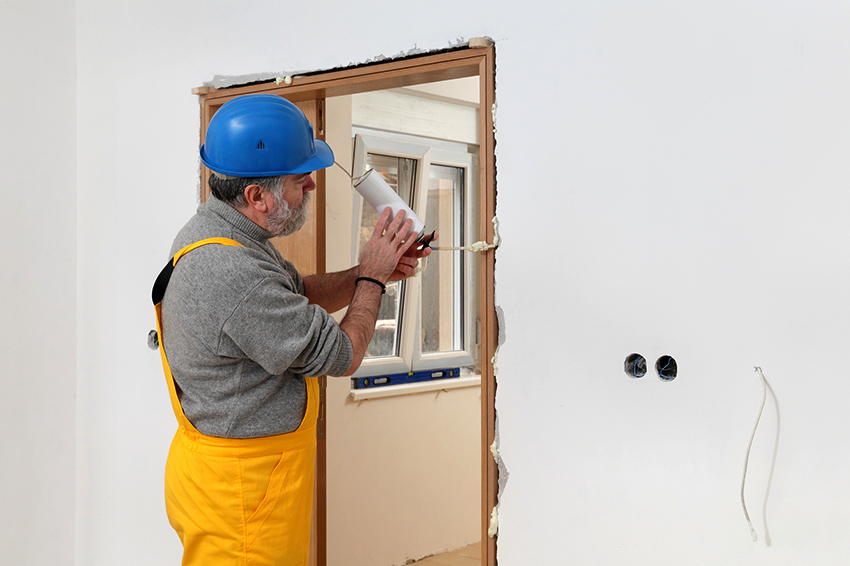
Foam for installation has three classes of fire resistance: non-combustible, flammable and fast-extinguishing
- at a temperature not lower than +5 ° C;
- at temperatures from -5 to -10 ° C.
The types of foam are also distinguished by the level of fire resistance, which must correspond to the level of fire resistance of the doors. For example, marking on EI 30 foam provides for its use in rooms where up to 300 people can be at the same time and quick evacuation is possible.
Polyurethane foam has three fire resistance classes:
- class B3 - combustible foam;
- class B2 - combustible, but rapidly decaying foam;
- class B1 - non-flammable.
Fire-fighting polyurethane foam belongs specifically to class B1.
Given the presence of active components, the foam is divided into one- and two-component. One-component refractory foam cures when exposed to water. Therefore, when using it, the surface is pre-wetted. Two-component fire-fighting foam is capable of curing without moisture. The use of such a substance is possible even in winter.
Manufacturers, in order to ensure fire resistance, add special chemicals to the foam - fire retardants. Their names and proportions are not disclosed for commercial purposes. Polymerization of refractory foam occurs due to chemical reactions and when exposed to air and moisture. Products from different manufacturers differ in technical characteristics.
Polyurethane foam manufacturers: price and product quality
The modern market for manufacturers of polyurethane foam is quite extensive. Both foreign and domestic products are widespread. Below we will consider the most popular companies producing polyurethane foam.
It is interesting! Almost all imported products are produced in a unified volume of 750 ml cylinders and provide for the use of polyurethane foam for a gun.
One-component fire-resistant foam Profflex Firestop is produced in Russia. It is manufactured under a German license.The substance is characterized by low secondary expansion and fast curing with a fire resistance index of EI 240, has a capacity (foam yield) up to 65 liters. The price of such products is from 500 rubles. for the balloon. A more advanced analogue is Proffelex Fireblok 65 foam.
Related article:
Insulation of the attic from the inside, if the roof is already covered: materials and technologies
How to avoid common mistakes at work. Do-it-yourself phased work.
Polyurethane foam Makroflex 750 ml is in particular demand. Its price is slightly higher - from 650 rubles. for the balloon. The substance is characterized by high fire resistance (up to 240 minutes) and corresponds to class B1. It can only be applied at temperatures above +5 ° C. Requires UV protection.
Polyurethane foam TECHNONICOL 70 PROFESSIONAL is a one-component polyurethane material characterized by good expansion and high yield. The substance has good adhesion to most building materials. Application - sealing, heat and sound insulation of seams and openings, installation of parts in finishing works.
Professional fire-fighting foam SOUDAFOAM FR GUN is produced in Belgium and has the highest fire resistance - up to EI 360. This is a kind of record among fire-resistant foams. This quality affects the price of products - from 700 rubles. for the balloon.
Polyurethane foam: instructions for use
Information on how to use polyurethane foam is posted on the cylinders. On the Internet, you can find many useful tips with visual lessons that demonstrate the use of foam in the process of performing various installation work. The main stages of using a substance can be summarized in several points:
- The container must be heated in hot water and shaken well. This will mix the gas and liquid components and maximize the foam yield.
- Next, the balloon is pushed onto a tube or mounted on a pistol.
- Before applying the foam, the surface is cleaned of dust and dirt and moistened with water.
- Apply foam to the surface. For this, it is necessary to calculate the dosage of the foam coming out of the cylinder. This will help the gun. The bottle should be held with the valve down during application.
- Foam drying stage. This usually takes 6-8 hours. The duration of the process depends on the volume of the substance and can be up to 12 hours.
- After the foam dries, the excess is cut off with a sharp knife or file.
Polyurethane foam is a material that is sensitive to ultraviolet radiation and degrades under its influence. Therefore, after drying, polyurethane sealant used outdoors must be coated with a special solution.
How to clean polyurethane foam: removing residues from clothes, hands and tools
After using polyurethane sealant, the question arises: how to wash the polyurethane foam? It turns out that there are many answers and helpful recommendations that depend on your particular situation.
Useful advice! To avoid the dilemma of how to wipe the polyurethane foam off your hands, it is important to prevent the substance from getting on the body. To do this, you need to work carefully using special clothing and protective gloves.
Sometimes, even when using gloves, the sealant gets on the skin, then you have to decide how to wash the foam from your hands. A special solvent, which is used to flush a professional gun, will help to get rid of the substance.
In solving the problem, than to wipe the polyurethane foam from the skin, available means will help. You can wash off the substance with kerosene or remove it with a napkin dipped in heated sunflower oil. But for this you need to be patient and hold the product for about half an hour on the skin.Ordinary table salt will also help if you gently rub the dirty places with it, as well as the Dimexide solution, but it is better to use it to remove polyurethane foam from clothes. As a solvent, this drug will help to quickly get rid of contamination.
If the sealant is dry, then you will not have to wash, but to clean the foam from the clothes. How to do it? First, the building material will have to be removed manually. Further, you can use the above solutions.
Before wiping off the polyurethane foam from a door or other surface, it is better to wait until it hardens, and only then carefully remove the dried material with a thin office knife.
A gun for polyurethane foam: price, rules of use and device
The use of a gun is provided for by most manufacturers of polyurethane foam. It is important to note that this tool greatly simplifies the work and helps to use the substance as efficiently as possible, since it allows you to adjust the dosage of the material.
With a gun, it is easy to stop dispensing foam by simply releasing the trigger. At the same time, the foam does not freeze in the device itself, because the needle reliably blocks the air supply, as a result of which there is no need to clean the gun. If necessary, you can quickly change it.
Thanks to the gun, foam can be applied with one hand and in the most awkward positions. High-quality models usually have wear-resistant parts. Correct and competent operation guarantees a long service life.
The most common are imported pistols - Intertool, Sigma, Tope, as well as domestic ones - Brigadier, Zubr. These models are notable for their low price (from 600 rubles) with quite acceptable product quality.
Guns for polyurethane foam Hilti, Neo, Yato - a higher class of the device. Popular with professional builders. One such tool can be used in the process of using more than a hundred cylinders. The price starts from one and a half thousand rubles for one pistol.
Which gun for polyurethane foam is better: selection criteria and rules of use
In choosing a pistol, the main criterion is the material for making different parts. It is desirable that the parts have a Teflon or fluoroplastic coating of the parts, due to which the foam will not stick to them. This will make cleaning the product several times easier.
Useful advice! You can determine the presence of fluoroplastic by sliding your fingers over the surface. When touched, you should feel like a greasy film. It is important not to confuse this coating with a conservation lubricant.
The components of the gun must be made of metal, which ensures its strength and durability. It is necessary that the handle has a comfortable shape, does not "dig" into the palm, but lie "like a cast". The trigger should have a slight curl at the end to prevent the finger from jumping off. Its length indicates how many fingers will be used when pressed.
When buying, you should beware of a pistol that is too light or heavy, and you should also pay attention to the cylinder holder and valve with a check ball located in the center. Do not purchase a gun with a plastic valve ball.
It is important to have a foam dispenser that regulates its supply. After all, the gun must be clean, free of process dirt and debris. The trigger of a quality pistol is factory tested. The presence of pressure can be checked by pressing.
It is necessary to test the instrument for leaks using a spray gun for polyurethane foam, which contains acetone. It is advisable to always have the flushing liquid on hand. To check, a cylinder with a liquid is installed on the pistol, then with a few clicks of the trigger, the pistol tube is cleaned of conservation grease and filled with liquid. Then the balloon is removed and left for a couple of days. After the expiration date, pressing the trigger on the sealed pistol will force fluid out of the pistol.
How to use a foam gun
The surface intended for applying the foam should be moistened with water. Otherwise, the dust will create an insulating layer and the foam just won't stick. Next, using a test application, you should adjust the flow of the substance to the required flow and amount. In this case, the degree of expansion of the foam used should be taken into account.
When replacing a cylinder, make sure that the previous one is completely empty. Shake the new bottle well (about 15 seconds). Then the protective cap is removed, the old cylinder is removed and a new one is installed.
It is better to store the gun together with the cylinder, otherwise it must be thoroughly rinsed with a special liquid. There should be some foam in the can during storage so that the substance inside the gun does not solidify.
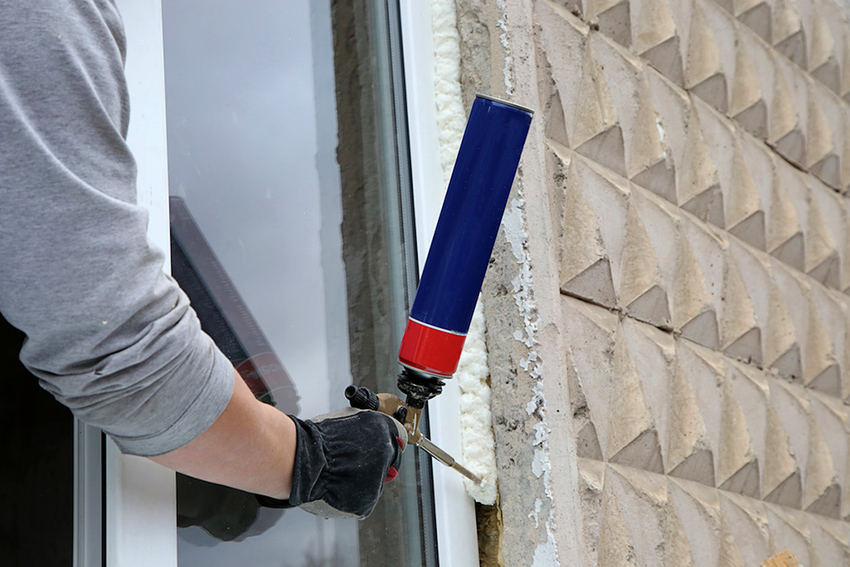
Before applying foam to the surface to be treated, it is necessary to adjust the flow of the substance in the gun
When re-using the gun, shake it, clean the nozzle from dried foam. If present, remove it with a knife, taking care not to damage the pistol. By pulling the trigger, the foam is released until the desired flow is formed.
Important! When removing the canister from the gun, it is necessary to move the canister and gun valves away from the face to avoid ejection of foam (even if the gun and canister are completely empty).
It is advisable to flush the pistol once a month. If the tool will not be used for a long time, then it must be preserved. For this, a thin layer of technical vaseline is applied to it.
Polyurethane foam is widely used in various construction works. This sealant is often simply irreplaceable. Fire-resistant material is of particular importance, in particular when installing doors and windows or sealing openings after installing communications. Correct use of polyurethane foam and knowledge of the technological characteristics of the substance, which were described in this article, guarantee high quality work.
